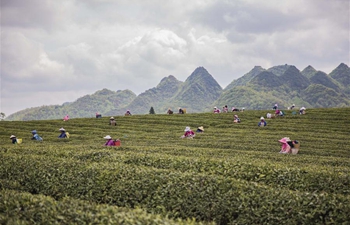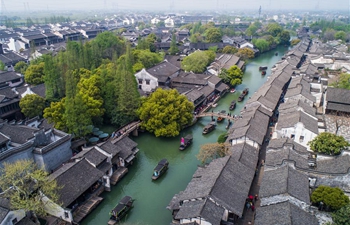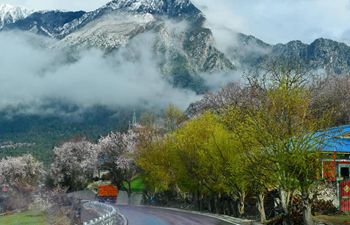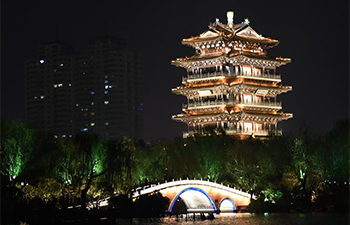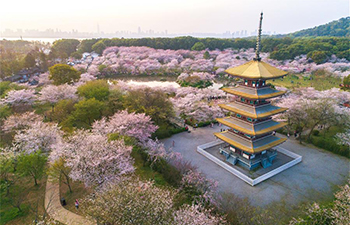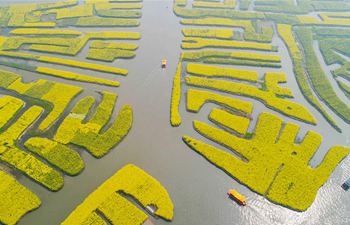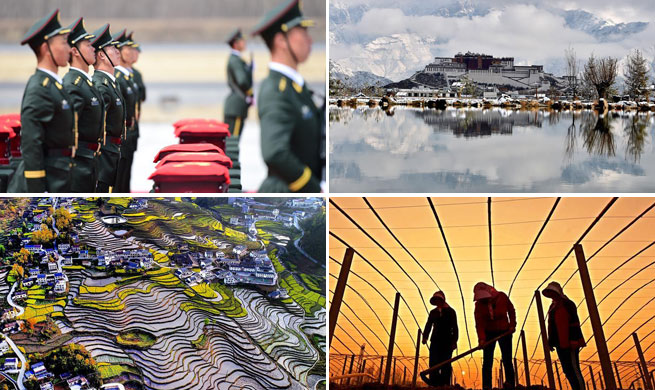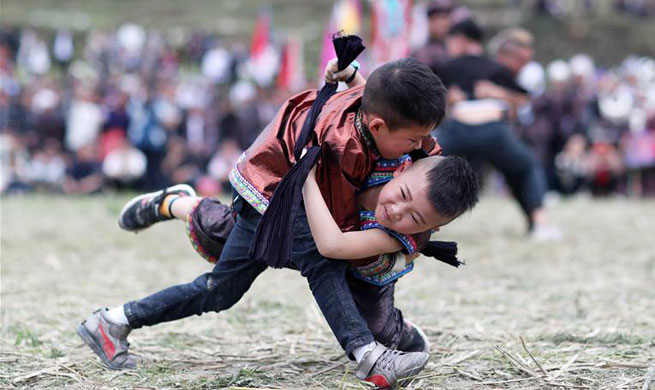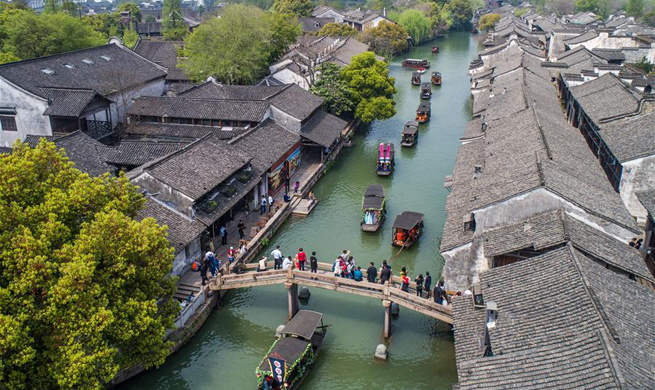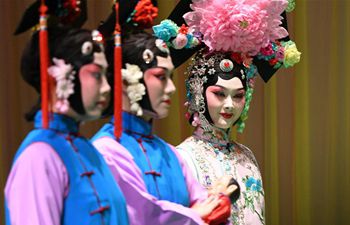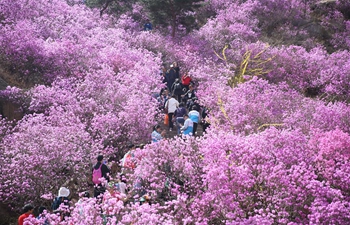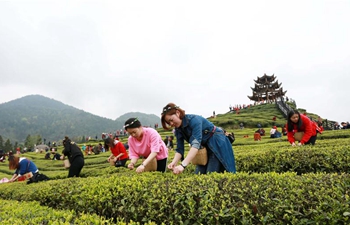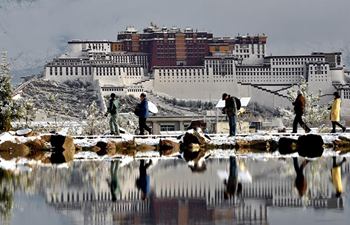by Juan Limachi
LIMA, March 30 (Xinhua) -- Nestled in the mountains on the way to Peru's ancient Inca city of Machu Picchu, an orchid reserve features hundreds of various kinds of plants, including one resembling the hummingbird.
"We have (orchids) in the shape of animals, humans, insects, butterflies, all with the sole objective of getting pollinated," biologist Carmen Rosa Soto said.
The biologist, from Inkaterra, an association dedicated to the conservation of flora and fauna, recently offered Xinhua a tour of the Waqanki Orchid Center, the orchid and nature reserve managed by the group.
"Orchids are considered to be the most evolved plant family. In Machu Picchu alone there are more than 89 genera, each presenting different forms, different sizes," Soto said.
Each orchid's particular shape and color evolved over centuries to attract the area's pollinators, often by mimicking the native insects and hummingbirds that alight on the different plants, she said.
"The major pollinators are the wasps, bees, butterflies and a small group of hummingbirds."
According to Joseph Quispe, a local orchid specialist, the reserve gets its name from the Masdevallia veitchiana, the national treasure of Peru referred to as Waqanki by the people of the Ancient Inca civilization, who were believed to have first cultivated the plant.
The bright two-tone orange-fuchsia flower has three petals, with the top one gradually tapering into a narrow needle that resembles a hummingbird's long, slender beak.
Unique to Peru, the orchid has become a symbol of Machu Picchu, where there is a legend that explains its unusual shape, said Quispe.
Quispe said the legend tells the story of a princess of the Incan Empire who was heartbroken when the warrior with whom she was in love with went off to war. She ran through the forest shedding tears of blood, which made the orchid crimson.
The forlorn princess died and was transformed into a Waqanki orchid. Waqanki in the native Quechuan language means "you will cry."
When "the warrior returned and found his lover was gone, he asked the mountains to turn him into a hummingbird ... and that's why the orchid is shaped like that," Quispe said.
The orchid grows wild in Peru, but has been successfully cultivated elsewhere.
The reserve, which also serves as a study center that regularly hosts experts from around the world, attracts an array of visitors, from scientists to nature lovers, Quispe said.
Quispe said the reserve has recently registered 18 new species, with one more registration still in the process.




